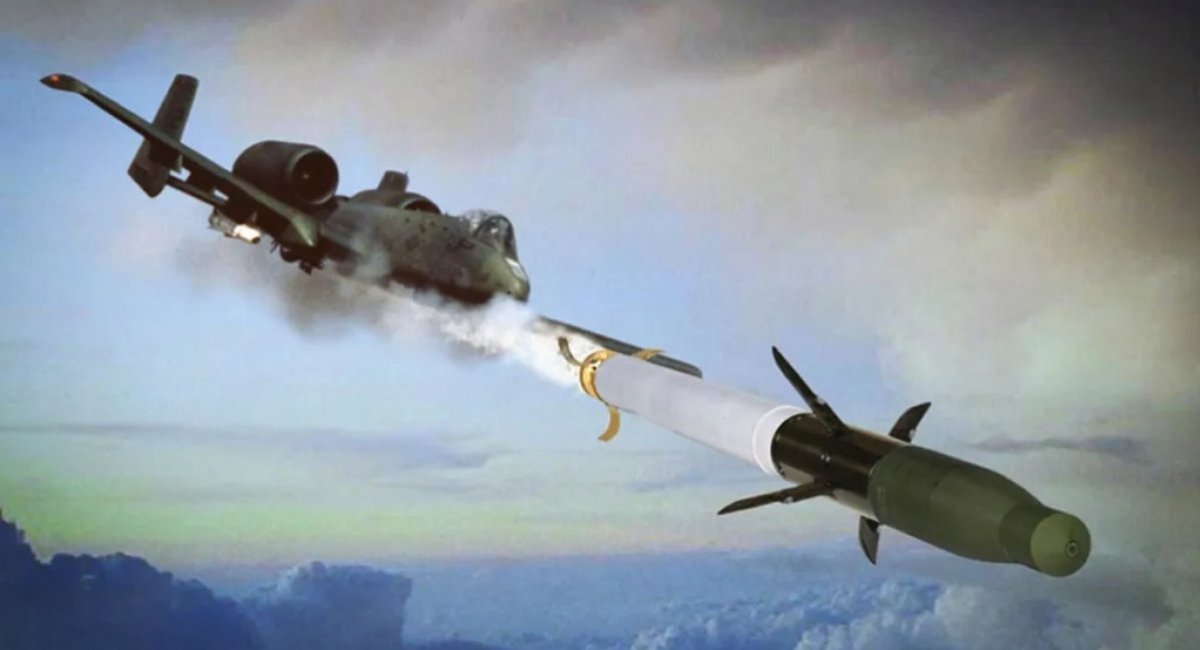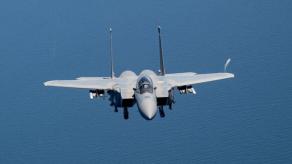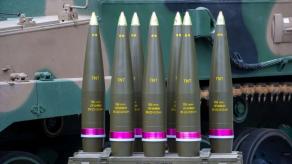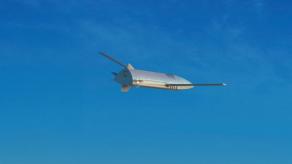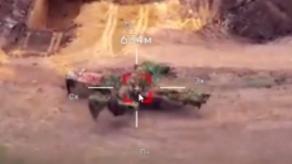The U.S. Air Force is actively seeking ways to enhance its capability to intercept various classes of drones, including loitering munitions like the Shahed and maritime surface drones. A key focus has been both quantity and affordability: equipping fighter jets with large numbers of low-cost precision weapons. So far, the results are promising.
Earlier this year, details emerged about the classified FALCO program, which aims to upgrade the Advanced Precision Kill Weapon System (APKWS) to allow the F-16 to destroy up to 28 Shaheds or cruise missiles in a single sortie. It was later revealed that the F-15E Strike Eagle had also received APKWS II rockets and could carry up to 42 of them at once, alongside air-to-air missiles. Under ideal conditions, this could enable a single aircraft to neutralize dozens of aerial threats in a single mission.
Read more: Disclosed Details of Secret FALCO Program to Arm F-16 With APKWS Laser Rockets
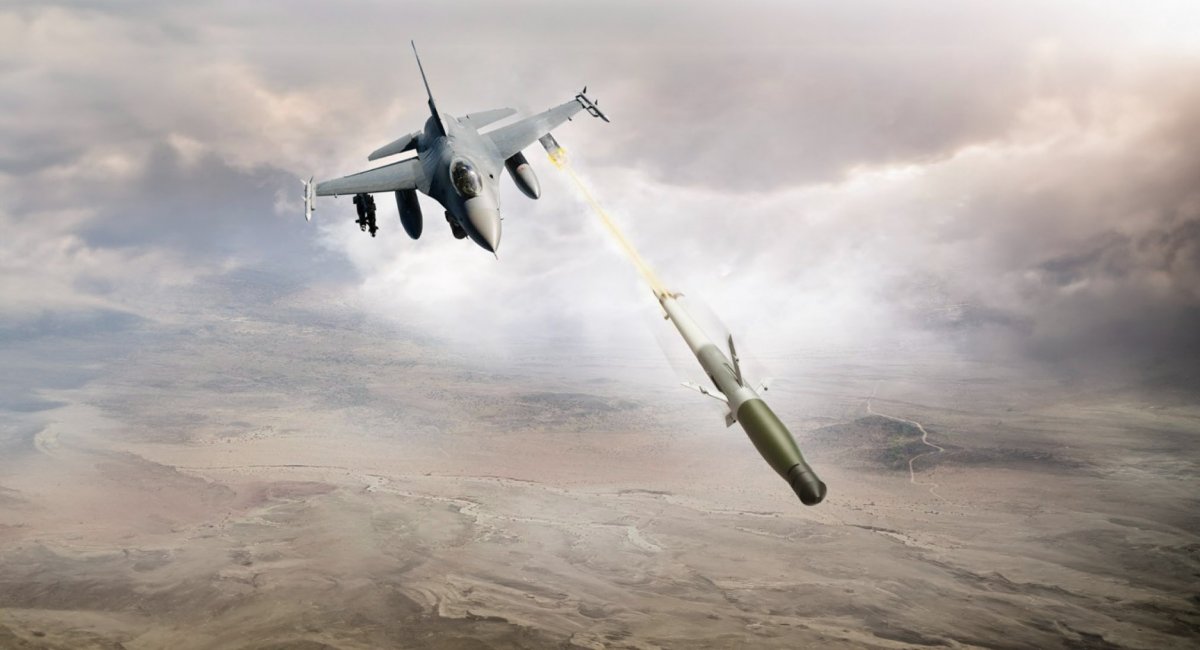
According to The War Zone, the Pentagon’s FY2026 budget request confirms that APKWS rockets equipped with FALCO guidance kits, featuring specialized software, are now approved for use not only on the F-16 and F-15E, but also on the legendary A-10 attack aircraft.
At the same time, the Department of Defense has announced plans to retire all 162 A-10s currently in service by 2026, effectively ending the aircraft’s operational career.
However, the retirement of the A-10, like many other platforms, often becomes a matter of contention between the Pentagon and Congress. Whether the APKWS upgrade will be a strong enough argument to delay its decommissioning remains unclear. As The War Zone notes, the issue will likely remain the subject of ongoing debate.
Outfitted with a large number of APKWS rockets, the A-10 could serve as an effective defender of forward operating bases and key positions against large-scale drone attacks. In the Pacific theater, it could also be used against both aerial and surface drone threats.
Still, there are notable limitations to the A-10 in this role. The aircraft lacks onboard radar, as it was originally designed for close air support. Addressing this would require integration with external sensors or the addition of a pod-mounted radar. There are also doubts about its ability to intercept cruise missiles and jet-powered drones, given their speed.
For comparison, the A-10’s maximum speed is 706 kilometers per hour, with a cruising speed of 560 kilometers per hour. russia’s Kh-101 cruise missile cruises at approximately 720 kilometers per hour (200 meters per second), while the jet-powered Shahed-238 flies at around 520 kilometers per hour. Standard Shahed drones are significantly slower, but the gap in performance against modern threats is evident.
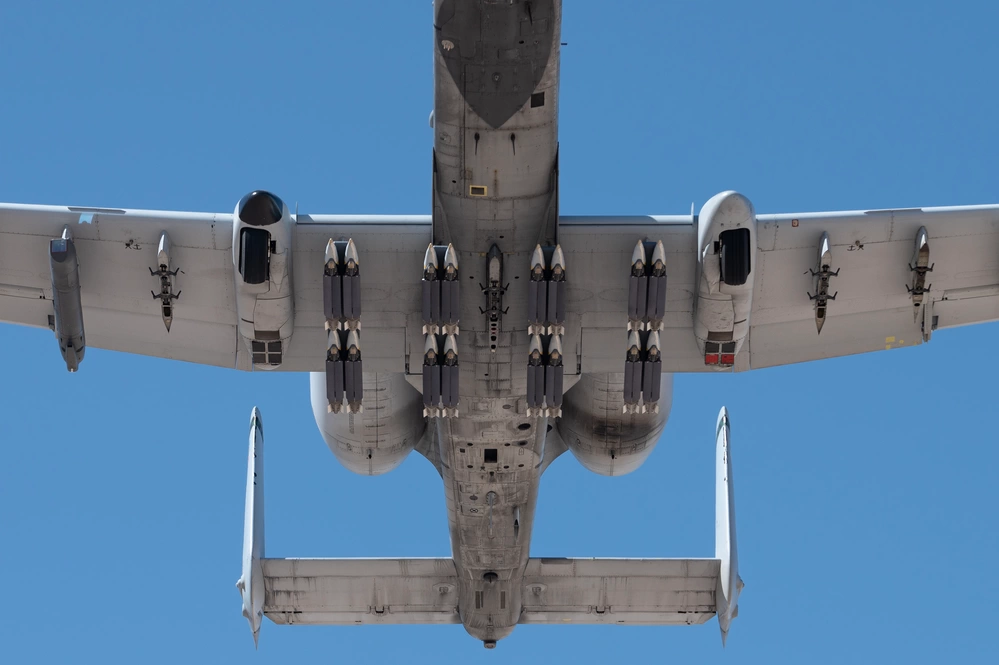
The War Zone also suggests that the A-10’s new counter-drone capabilities could make it a more attractive candidate for transfer to Ukraine. This would help free up F-16s and Mirage fighters for other mission sets. However, given the broader delays in U.S. military assistance and the recent redirection of proximity fuzes for APKWS rockets from Ukraine to the Middle East, the prospect of transferring A-10s to Ukrainian forces appears unlikely at this time.
Read more: Up to 50 Interceptions in One Sortie: F-15E Strike Eagle to Become a Drone-Killing Machine With APKWS




